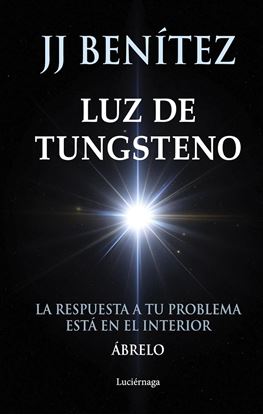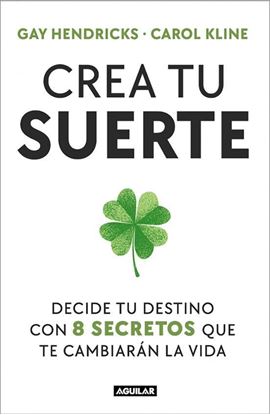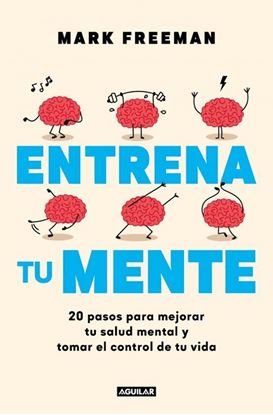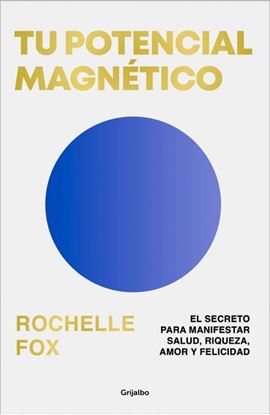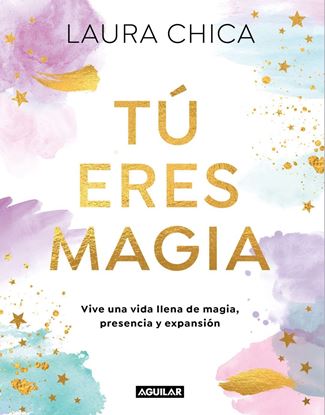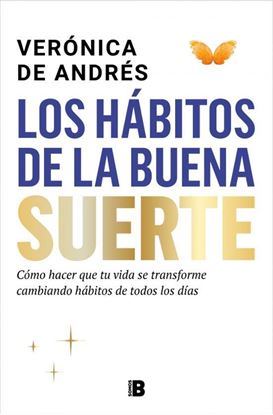

Filtrar por precio
LUZ DE TUNGSTENO
Si Luz de Tungsteno te hace pensar, misión cumplida. Lo más importante de esta obra, es lo que insinúa.
Luz de tungsteno fue concebido como un experimento. ¿Cuántos pensamientos ―de cierto calado― recibe a diario la mente humana? Juanjo Benítez se propuso averiguarlo. Para ello, escribió 10.101 reflexiones, y lo hizo en 400 días. Según él, a su mente llegaron 25,2 pensamientos por día (de media).
Luz de tungsteno fue un ejercicio mental de pantalón largo…
1,600
CREA TU SUERTE
¡Atrévete a cambiar tu suerte para tener una vida de ensueño!
¿Y si pudieras crear tu propio destino? ¿Qué pasaría si vivir una vida de abundancia estuviera en tus manos? La buena noticia es que es posible... ¡solo necesitas saber cómo!
Gay Hendricks y Carol Kline, autores best seller de The New York Times, comparten los ocho secretos que cambiarán tu fortuna de forma inmediata e intencional. En cuanto pongas en práctica sus consejos, verás que la «mala suerte» desaparecerá.
El innovador programa creado por Hendricks y Kline -que incluye técnicas prácticas e historias reales e inspiradoras- te dará las herramientas necesarias para tomar las riendas de tu destino. En Crea tu suerte aprenderás cómo:
* Plantar las semillas de la suerte en tu propia mente.
* Eliminar los patrones de pensamiento negativos.
* Moverte al ritmo de tu esencia.
* Practicar una gratitud radical.
Y mucho más.
Cambiar tu destino y convertirte en una persona más feliz es posible.
1,600
ENTRENA TU MENTE
Nuestro cerebro también requiere un ejercicio regular. Esperamos estar en gran forma mental sin hacer ningún trabajo, y cuando nos damos cuenta de que tenemos dificultades, buscamos una solución rápida en lugar de desarrollar habilidades que nos ayudarán en el futuro.
Entrena tu mente combina terapia conductual cognitiva (TCC) y terapia de aceptación y compromiso (ACT), para delinear veinte pasos fáciles que puedes practicar para liberarte de las formas de pensar y comportamientos que dañan salud mental. Desde eliminar las compulsiones que causan incertidumbre, ansiedad y angustia hasta aliviar el estrés y la distracción.
El entrenamiento mental es la clave para pasar de una vida frenética y llena de ansiedad a una que se centra en tus valores fundamentales. Todo esto te hará sentir mentalmente fuerte, más en forma y mejor equipado para navegar por las complejidades de la vida cotidiana.
1,600
TU POTENCIAL MAGNETICO
DESCUBRE EL PODER DE TU MENTE SUBCONSCIENTE
En tu interior yace una fuente ilimitada de poder: tu mente subconsciente.
Cuando tu mente subconsciente está alineada con tus objetivos, se convierte en tu mejor aliada para crear abundancia, oportunidades, paz interior…, y todo lo que te propongas. Cuando está bloqueada, puede sabotear tus deseos más profundos sin que ni siquiera te des cuenta.
REPROGRAMA TU MENTE PARA EL ÉXITO
En esta guía transformadora, Rochelle Fox, profesora de meditación y crecimiento personal, explica cómo puedes reprogramar tu mente subconsciente con el fin de prepararte para el éxito y atraer esa realidad que deseas.
Accede a los tres pilares del magnetismo:
* La mentalidadpara calmar el caos de tu pasado.
* La meditaciónpara hacer espacio a lo nuevo en el presente.
* La manifestaciónpara diseñar el futuro de tus sueños.
ATRAE LAS COSAS QUE DESEAS EN LA VIDA
Este no es otro libro de autoayuda; es una guía práctica para tener una vida más saludable, próspera y feliz.
Transforma tu vida y conviértete en dueño de tu destino.
1,600
TU ERES MAGIA
Magia.
Sueños.
Sincronicidad.
Señales.
Conexiones.
Intuición.
Destino.
Tú eres magia te invita a reconocer y despertar tu magia interior, para conectarte con la magia de la vida, que te abraza a cada paso.
Descubre cómo abrir tu corazón al universo de infinitas posibilidades que te rodea, cómo vivir la magia que eres y cómo elevar tu vibración conectándote con tu autenticidad y divinidad, porque cuando te permites ser quien realmente eres, la magia del universo fluye en ti, guiándote hacia una vida llena de amor, magia y propósito.
En este libro descubrirás que tú eres magia, y siempre lo has sido.
El mundo te está esperando.
Y tu alma, también.
1,600
LOS HABITOS DE LA BUENA SUERTE
Cómo mejorar tu suerte a través de hábitos simples y poderosos para implementar a diario, no importa la edad que tengas.
Algunas personas parecen tener buena suerte sin esfuerzo, mientras que otras no tienen la misma fortuna. La vida se asemeja a una serie de "rachas": a veces todo va bien y disfrutamos de buenos momentos, y otras veces nada sale como deseamos. Pero ¿y si la suerte no fuera solo cuestión de azar? Investigaciones recientes en neurociencia y psicología revelan que tu suerte está íntimamente ligada con tus hábitos. Existen ciertos comportamientos que atraen y amplifican la mala suerte, mientras que otros, simples y poderosos, te convierten en un imán para las cosas positivas. Los hábitos de la buena suerte invita a transformar tu vida adoptando esos hábitos, que son muy fáciles de implementar. No importa tu edad o si hoy la realidad se aleja de tus sueños.
1,650


